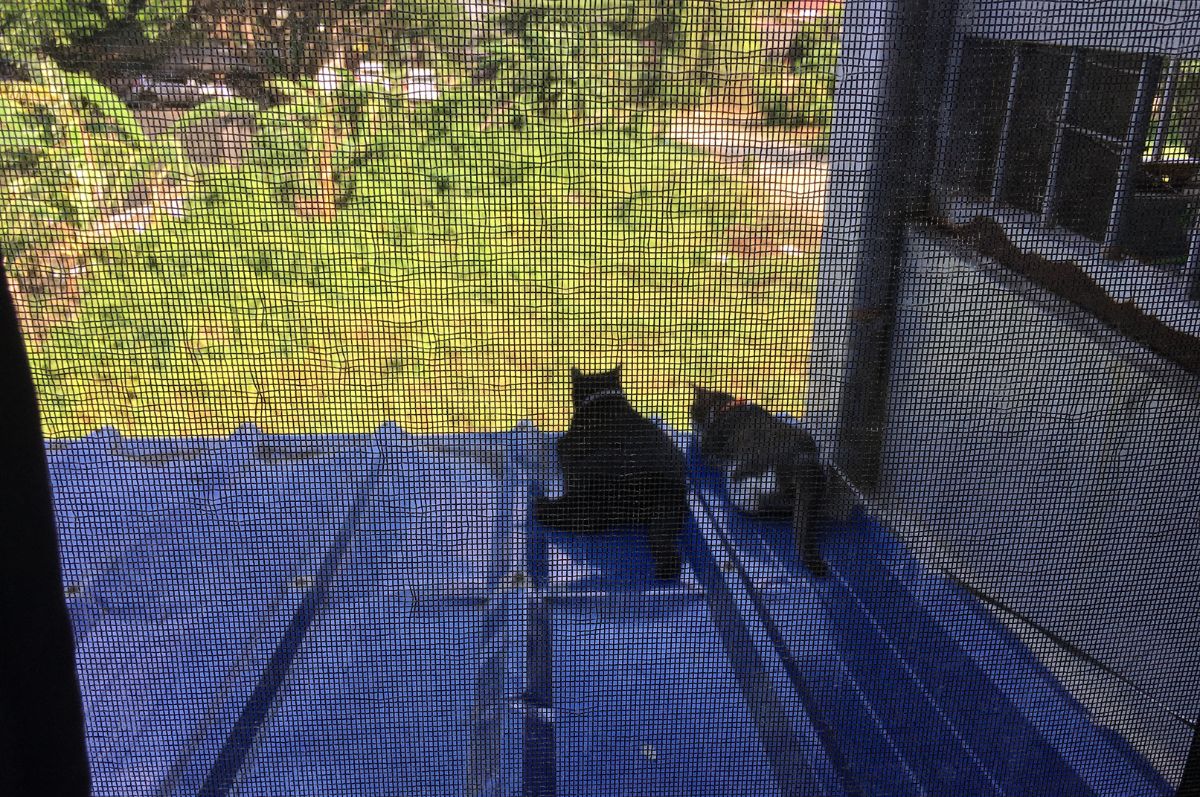Your cart is currently empty!

Don’t blog without a business blogging strategy
Without a clear business blogging strategy your hard won traffic could be bouncing off the page within nano-seconds, and never coming back.
Blogging is a great way to bring new readers, leads, and customers onto your website — but what do you want them to do once they arrive? Read? Click? Join? Book? Buy? Without a clear business blogging strategy your hard-won traffic could be bouncing off the page within nano-seconds, and never coming back.
In today’s blog I want to start a short conversation on business blogging strategy — to motivate you to take a strategic look at the way you’re blogging. After all, if you’re spending money on content marketers and ghostwriters you want to make sure your content is actually producing results.
Is it?
Let’s start by taking a closer look at what I mean by business blogging strategy.

What a blogging strategy isn’t
Many small business owners start blogging without any plan or strategy and wonder why nobody is reading their posts and their blog traffic hasn’t increased.
A blogging strategy is NOT:
- Coming home from a small business networking event with a sturdy intention of blogging once a week. OR
- Copying and reworking the content from your competitor’s website. OR
- Arbitrarily coming up with some likely topics and then paying a freelancer to write it up for you.

Real business blogging strategy
A real business blogging strategy means having a clear reason for publishing each and every article — plus identifying:
- Who will be reading the posts.
- Why someone would bother to read the content.
- What benefits or information will the reader take away from each article.
- What action you want the reader to take.
- How each article will help you meet your immediate goals, as well as contribute to the longterm success of your business.

Business blogging examples
Rather than spend the next 500 words explaining blogging strategy in long-winded sentences, I’ll use a couple of relatable examples to demonstrate. Please note: I am not a landscape gardener and have no knowledge of Type 2 diabetes — these topics are simply to give you an idea of how a blogging strategy might look.
EXAMPLE 1: authority building
Majorie is a nutritionist and health coach with an established client-base in the Melbourne CBD. Her mother and 3 uncles all have Type-2 diabetes, so for the last few years she’s developed a health, fitness and nutrition plan for all of them. It’s given them such a great quality of life she’s been working on a book and set of online training courses to help other diabetics.
Majorie will be releasing her book in about 6 months and wants to start blogging to expand her reputation as a fitness and nutrition authority. She identifies her audience as Type 2 diabetics and people over 40 with a family history of Type 2 diabetes.
She’ll be targeting people living in Victoria, but she isn’t too worried about location because the physical book (and online courses) will be available for sale on her website — and the eBook on Amazon, iBooks and Kobo. So anyone in the world will be able to buy her informational products.
She write blogs on a range of topics for people living with Type 2 diabetes — using a conversational tone and common vocabulary — but ensuring the articles reference the latest peer-reviewed science. She also publishes extracts from some of her book chapters, and case studies of her actual clients — demonstrating how her nutrition program has improved their quality of life.
And because the book won’t be launched for another 6 months, the call-to-action in each blog post will evolve as the launch date becomes closer. Example:
- First 2 x months. Mentions she is working on a book about her experiences as a fitness and nutrition coach to Type 2 diabetics, and then asks readers to signup to her newsletter.
- Second 2 x months. Book is at publishers — calls for pre-orders.
- Last 2 x months. Offers a free book for the first 50 respondents and invites everyone to her book launch in Melbourne.
This blogging strategy supports Marjorie’s immediate goals to raise her professional profile, and long term business goals to sell books and informational products.
EXAMPLE 2: sales
Jenny is a landscaper and has been in business for about 5 years — building gardens, retaining walls, water features and timber decking in the greater Brisbane area in Queensland. Her business has been successful and she has a loyal team of experienced and creative landscapers as well as administration staff.
Jenny is keen to pursue commercial landscaping and wants to start blogging to raise the online profile of her business. Her primary goal is to have high quality content that will support the tenders and applications she will submit for government contracts and large commercial projects — and her secondary goal is to bring in new (local) customers.
Because Jenny is going after commercial projects and government jobs she writes her blogs in a slightly formal tone, speaking directly to corporate decision makers and project managers. She wants to establish that, not only does she provide contemporary landscaping designs, her business also has established systems and risk control measures in place — that comply with Queensland state legislation.
She knows that decision makers will be checking her website during the tender screening process so she blogs a range of topics that will give them confidence in her business’s ability to manage a large commercial project.
Jenny includes the location in the title and body text of each post — so the content will appeal to a local audience. Examples:
- Maintaining a commercial garden in the salty SE Queensland climate
- Managing work health and safety on a commercial landscaping project in QLD.
- Case Study: How a garden, water feature and timber deck increased the value of a Brisbane commercial property by 15%.
This blogging strategy supports Jenny’s immediate goal to create a commercial profile for her landscaping business, as well as her secondary goal of bringing in new customers based in Brisbane, QLD.

Choosing your blogging strategy
The blogging strategy you use for your business will be different to the strategy I use for mine. Your business blogging strategy needs to be based on your own unique skills, business type and available resources — it will consider your:
- Business goals — do you want to sell directly from your website, capture email addresses, or get people into your physical store?
- Writing experience — who will write the content?
- Budget — how much of your sales budget are you willing to allocate to content marketing?
- Location — is your audience local or international?
- Sales support — who is going to follow up on enquiries? Are your contact forms working?

How do your blogs measure up?
And don’t forget that your website is really no different to your physical shop, shed, office, factory, or construction site. Every piece of content (just like every room, shed, or garden bed) should serve a specific purpose — otherwise it’s just wasting valuable time, space, and resources.
So I challenge you now to consider, how does all the blog content on your website measure up? And I’ll repeat the 5 questions I raised earlier:
- Who is reading your blog posts?
- Why would someone bother to read any of your content?
- What benefits or information are your readers taking away from each article?
- What actions do you want your readers to take from each of the articles? Are they taking those actions?
- Are your blog posts contributing to your immediate goals, as well as the long term success of your business?
If you can’t give a quick, clear and specific answer to all of those questions then I suggest you immediately rethink your blogging strategy — and in some cases — stop blogging until you get one.
Blogging can be an outstanding (and affordable) way of raising your professional profile — as well as bringing in new traffic, leads, sales, bookings, and clients. But without a clear business blogging strategy, you are unlikely to be able to measure (or sustain) satisfactory results over the long term.
© 2020 Melinda J. Irvine. Images: Canva.
Discover more from Melinda J. Irvine
Subscribe to get the latest posts to your email.




